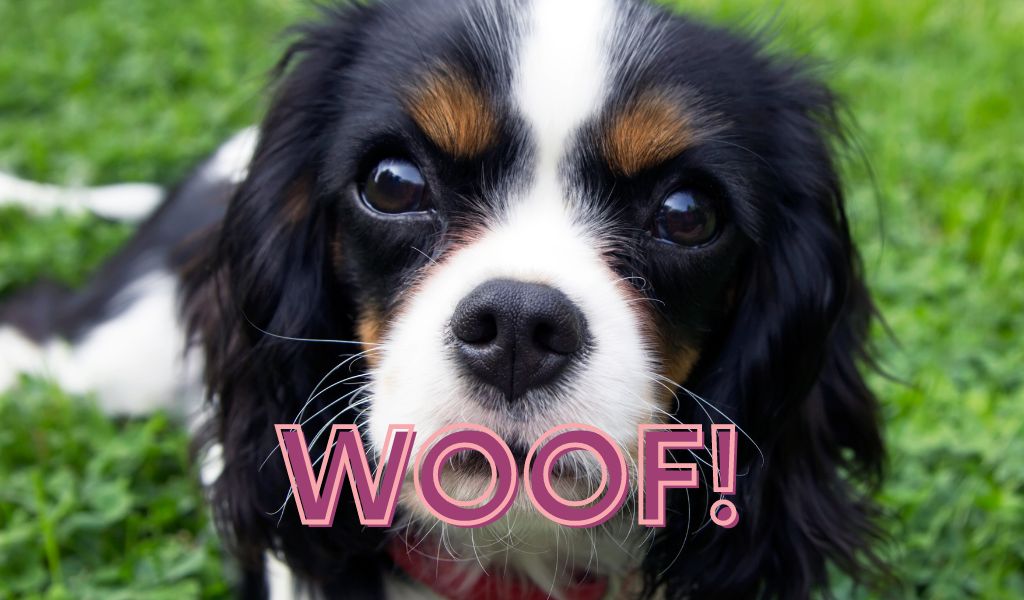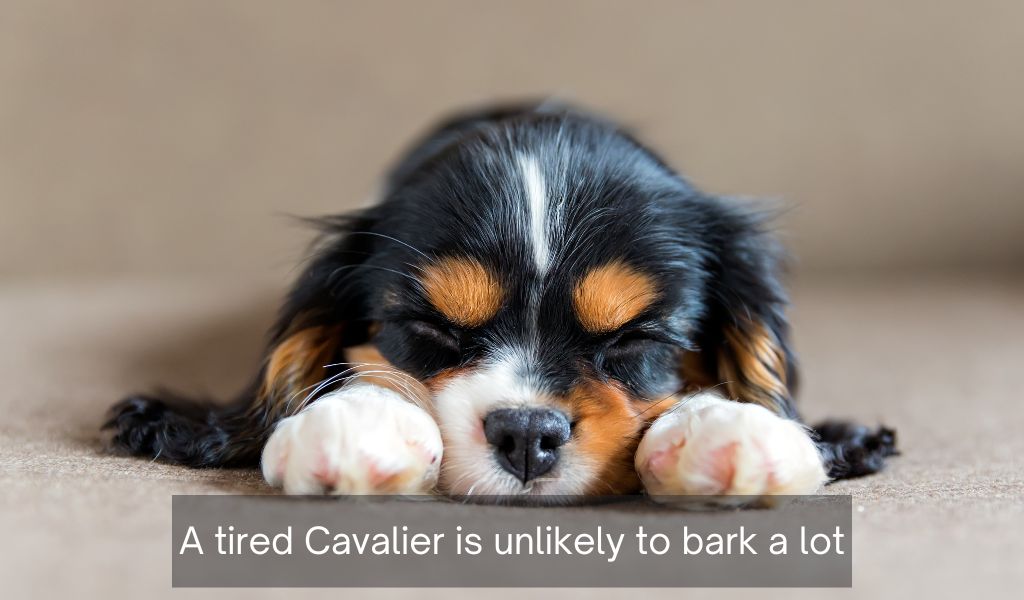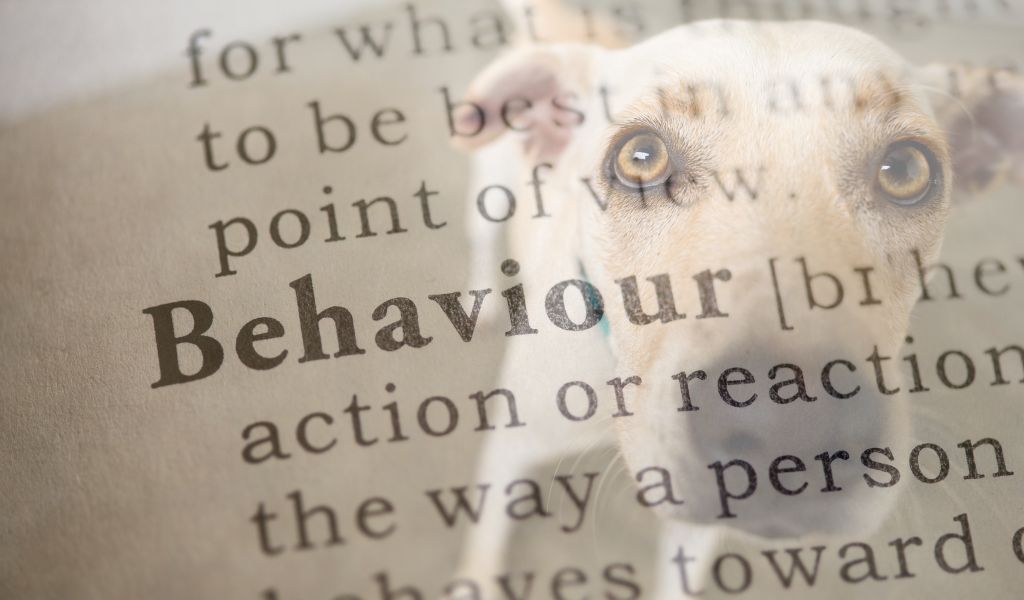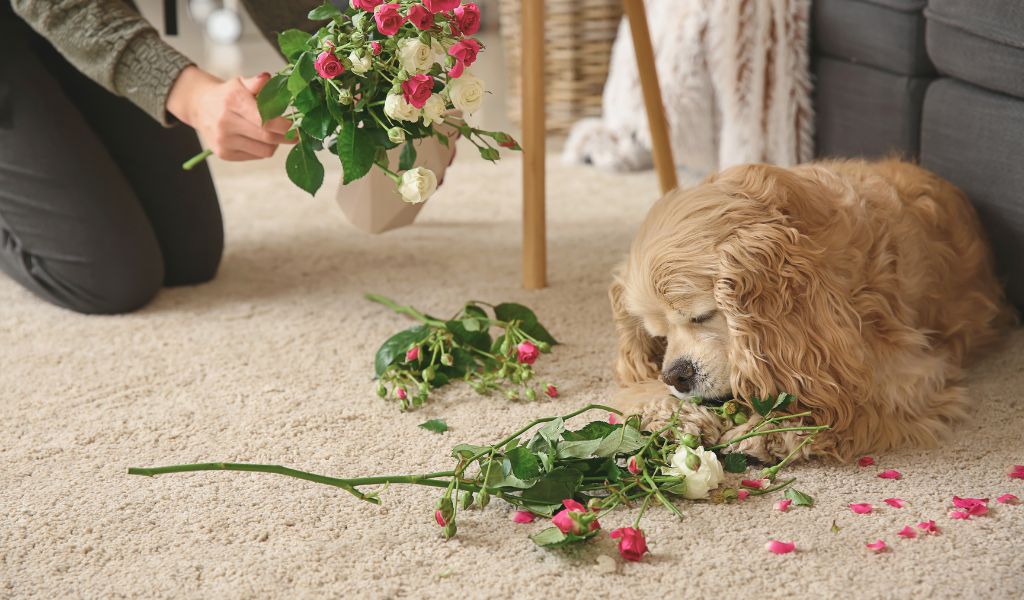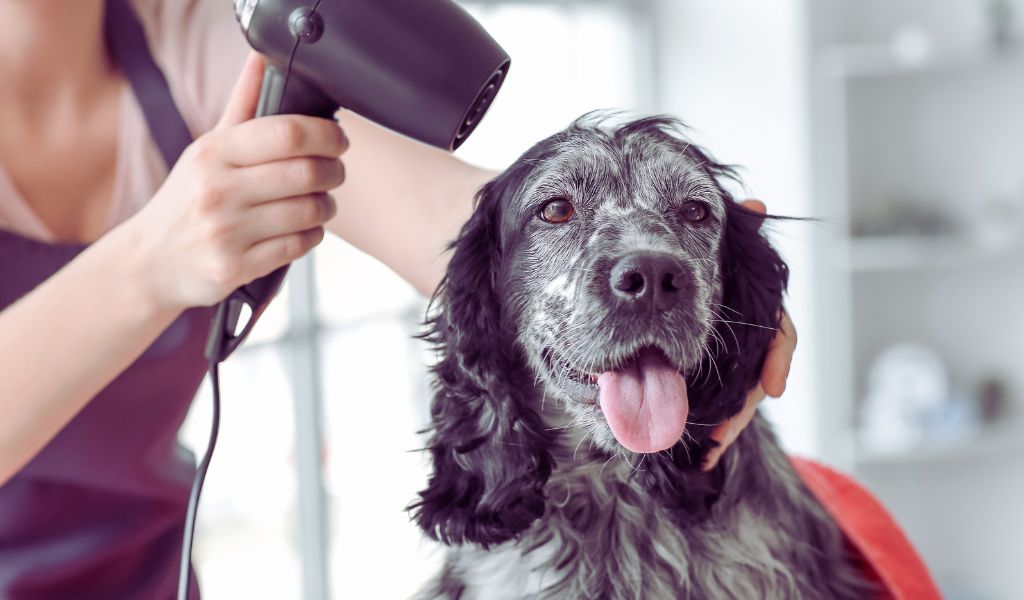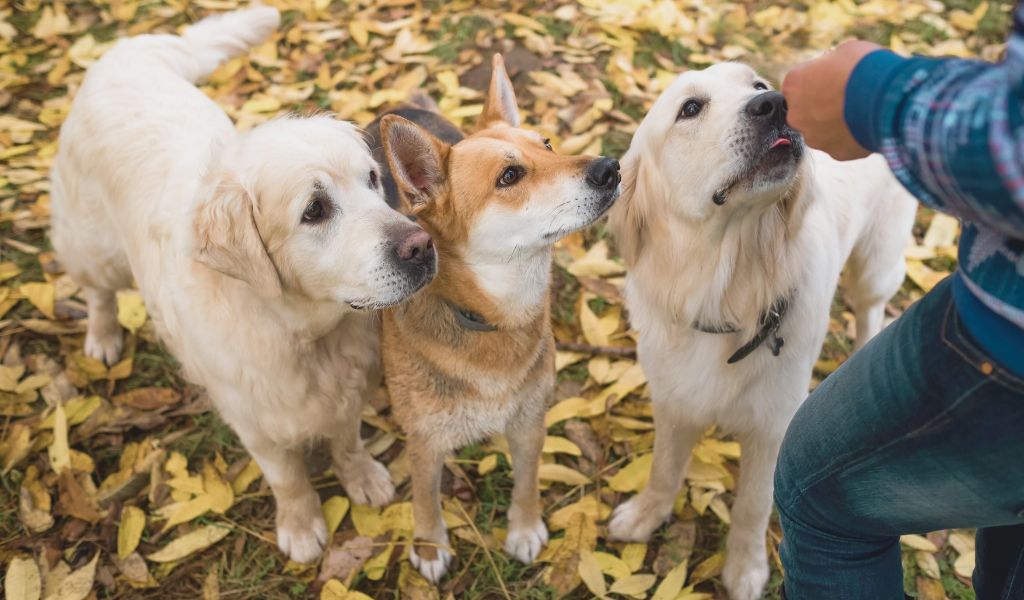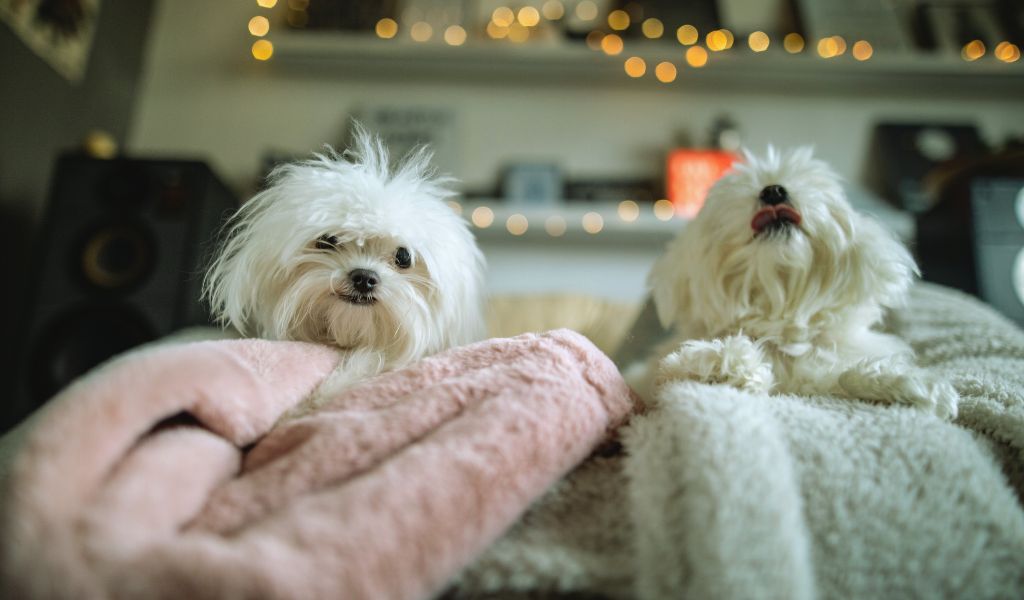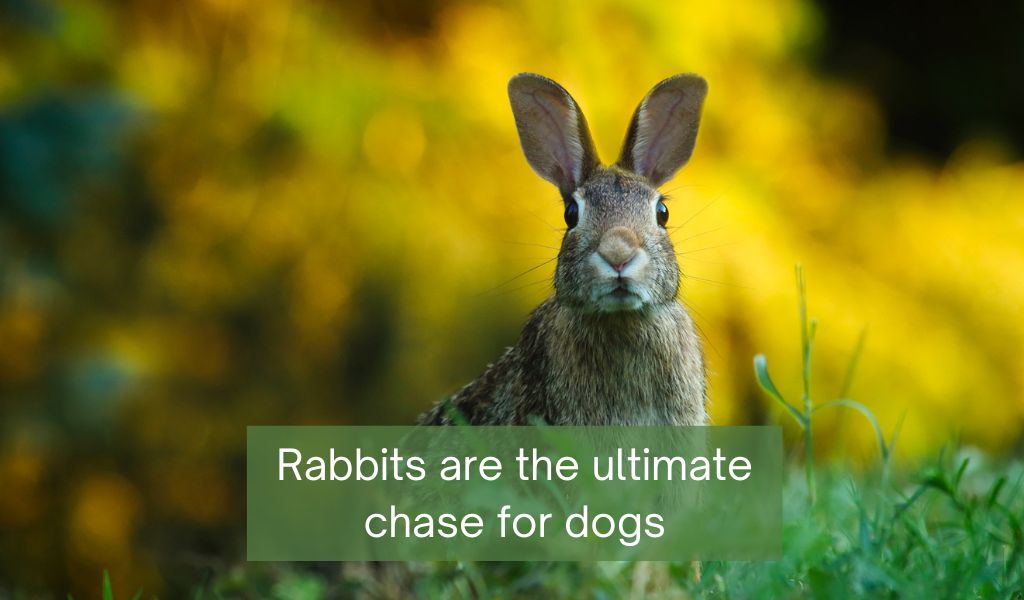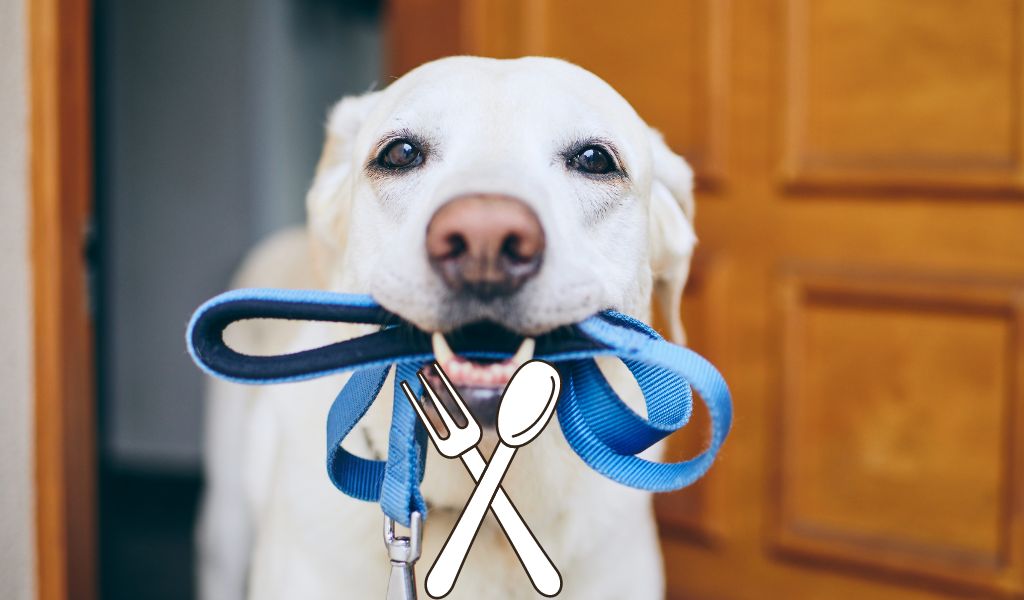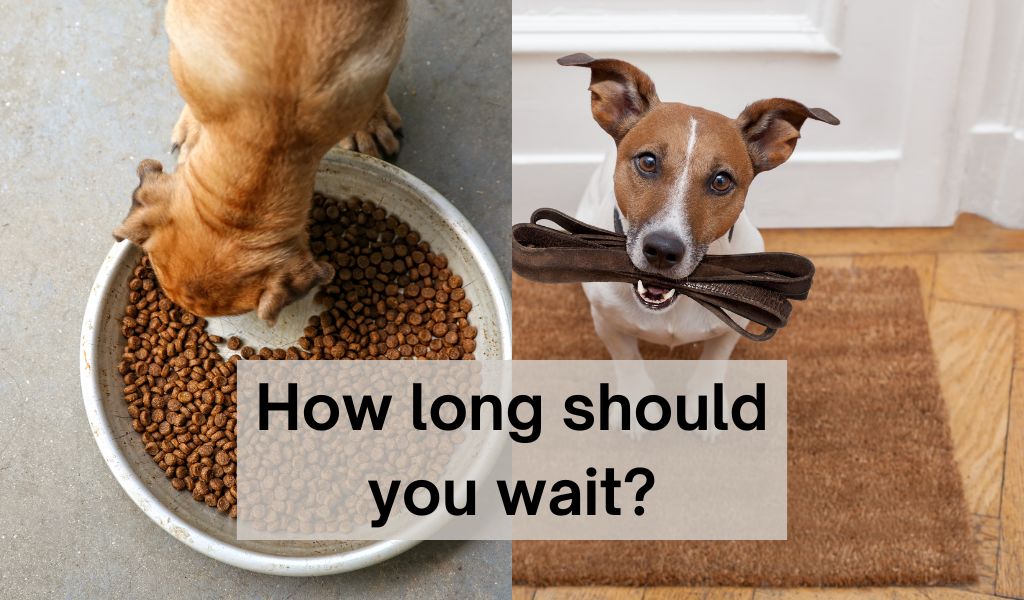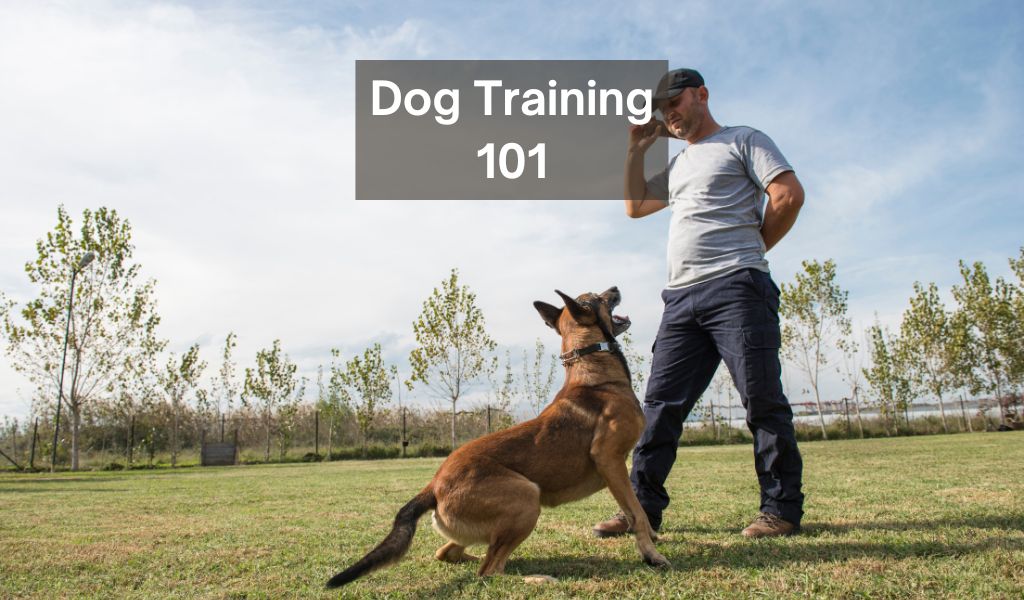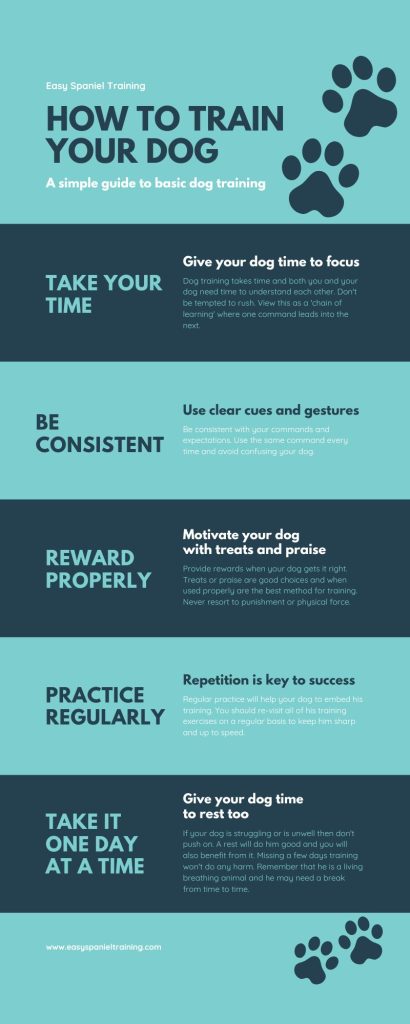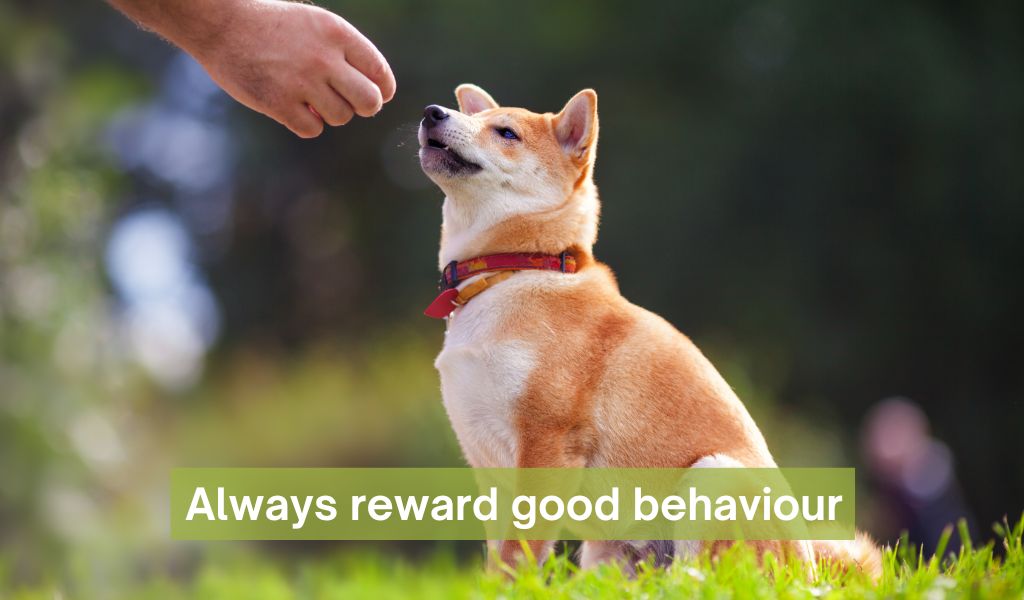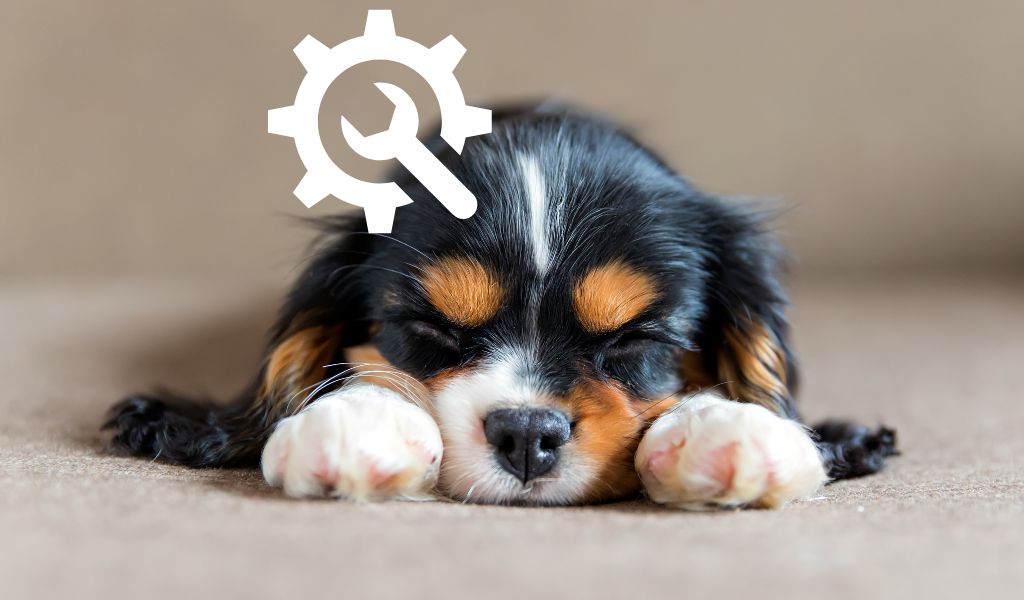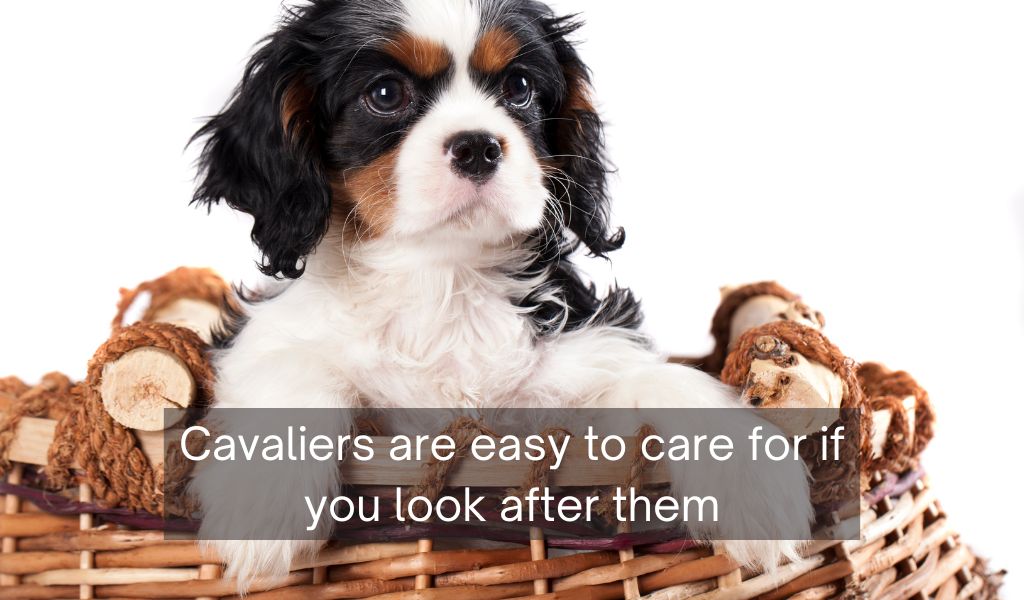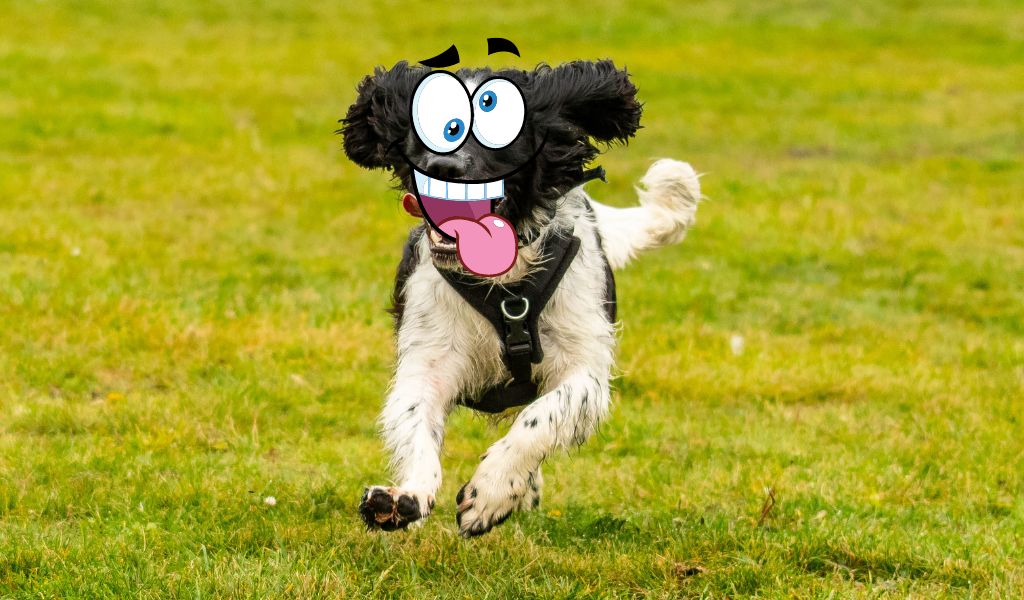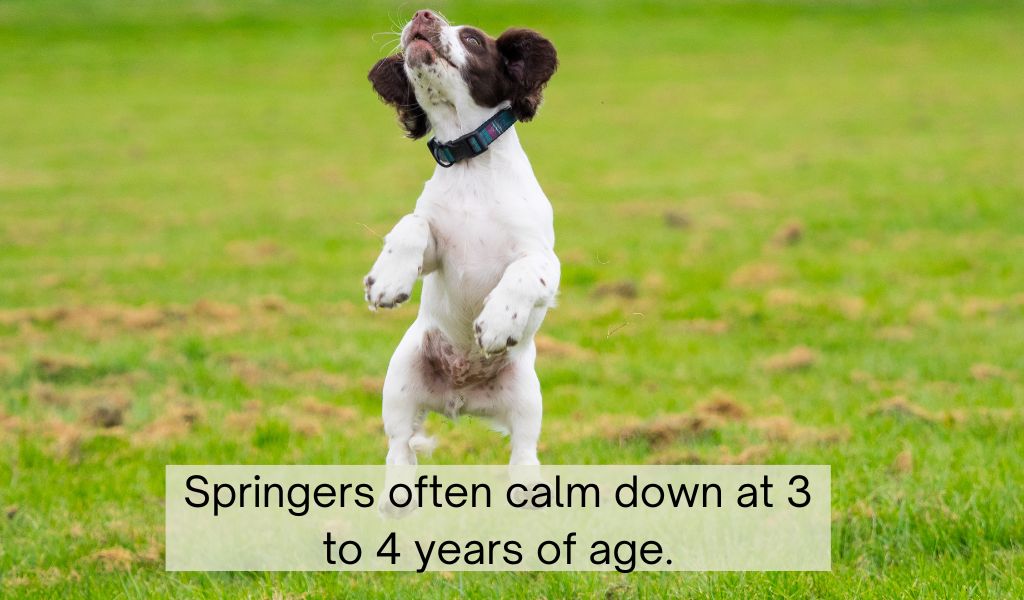The Just Pet Zone Dog Car Seat Cover is the perfect way to keep your car safe from scratches and hair.
This rugged car seat cover is made from 4 layers of fabrics and includes a water-resistant Oxford fabric, cotton layer, and PVC non-slip soft rubber.
The quilted pattern is beautiful and very durable, and the side flap protects your car seat from hair, smell, and dirt.
Installation is easy with the adjustable snap buckles, and you can easily remove or clean the cover with just a wet cloth or hand wash.
Do you need a car seat cover for your dog?
Car seat covers are an excellent way for dog owners that have cars to protect the interior of their cars whenever they take their dog out.
On the outside, they come with waterproof material that’s designed to repel dirt, hair, and debris.
The straps are adjustable, making them fit both standard size and large vehicles.
The internal part is made out of soft foam padding which provides your pet with comfort while you’re on the road.
It also helps keep the cover in place, preventing it from sliding around as you drive.
Moreover, there are a variety of designs available such as quilted models or those with multiple pockets where you can store toys, treats, or grooming supplies.
This makes it easy for you to customize your car and provide your dog with an enjoyable space to relax in style while protecting your upholstery and vehicle interior.
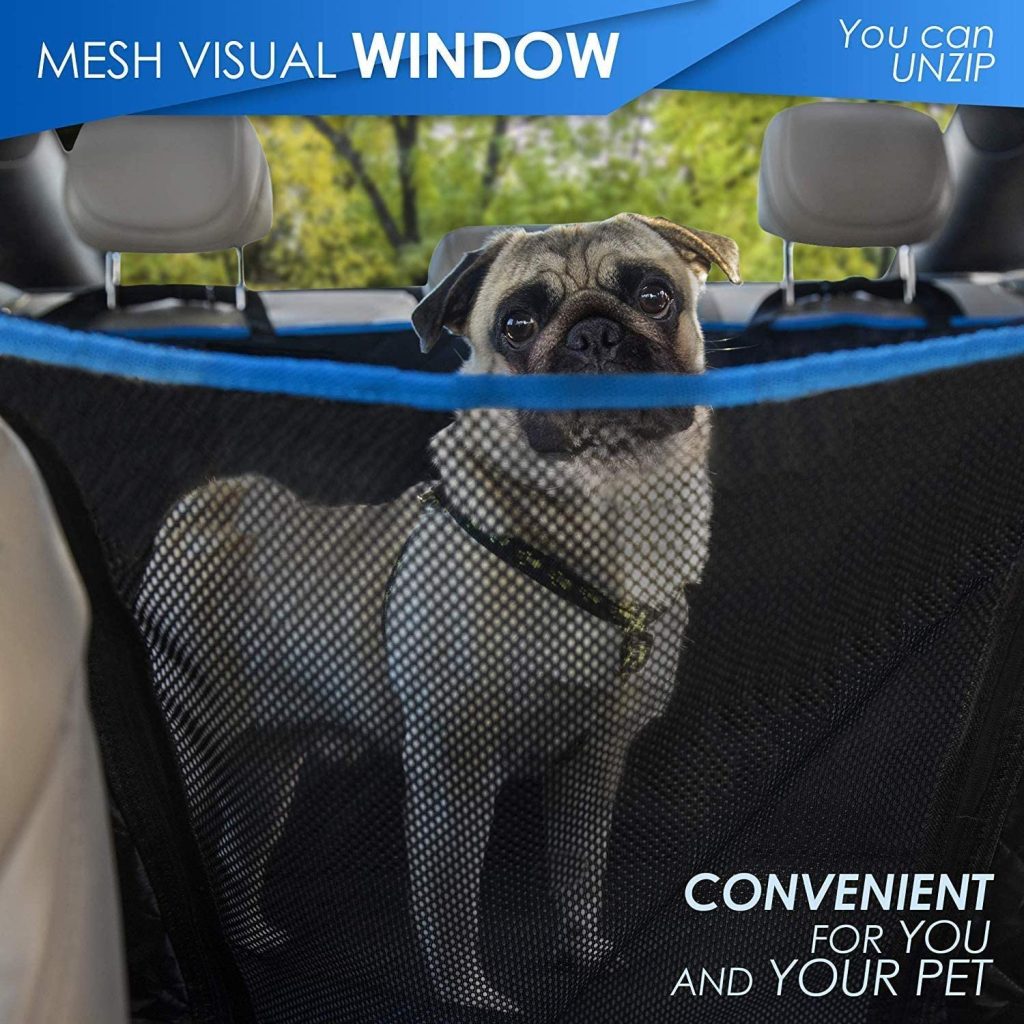
The Just Pet Zone Dog Car Seat Cover
-The car seat cover is made from 4 layers of fabrics, including a water-resistant oxford fabric, cotton layer, and PVC non-slip soft rubber.
-It has a quilted pattern that is both beautiful and durable.
-The side flap protects your car seat from hair, smell, and dirt.
-Installation is easy with the adjustable snap buckles.
-You can easily remove or clean the cover with just a wet cloth or hand wash.
The Just Pet Zone Dog Car Seat Cover is an essential product for any dog owner who wants to keep their car looking immaculate.
This car seat cover is designed to provide premium protection from dirt, dust, hair and any other mess your pup might leave behind in the backseat of your vehicle.
The waterproof fabric prevents liquid spills from seeping into the seat upholstery while the quilted surface helps to protect cars from mucky paws.
Not only is it waterproof to help protect your back seat from muddy paws and wet noses, but it’s also machine washable so you can quickly get rid of any dirt or fur that manages to accumulate.
The adjustable straps and side flaps mean that the cover is suitable for all types of vehicles, and the secure anchor system prevents the cover from moving or sliding around.

Easy to install and remove
Installation is easy using the adjustable snap buckles and you can easily remove or clean the cover with just a wet cloth or hand wash.
Once it’s installed, it fits snugly on the car seat protecting from dirt, pet hair, liquid spills and other messes.
It also features side flaps that keep your pet secure in their seat as well as preventing them from jumping out.
Durable materials
The Just Pet Zone Dog Car Seat Cover is made from 4 layers of fabrics and includes a water-resistant Oxford fabric, cotton layer, and PVC non-slip soft rubber.
This car seat cover is very durable and can withstand wear and tear associated with the largest and most active of dogs.
The straps are also adjustable, making them suitable for all types of vehicles, and the secure anchor system prevents the cover from moving or sliding around.
Overall, this car seat cover is perfect for keeping your car interior clean while providing maximum comfort to your pet as you drive.
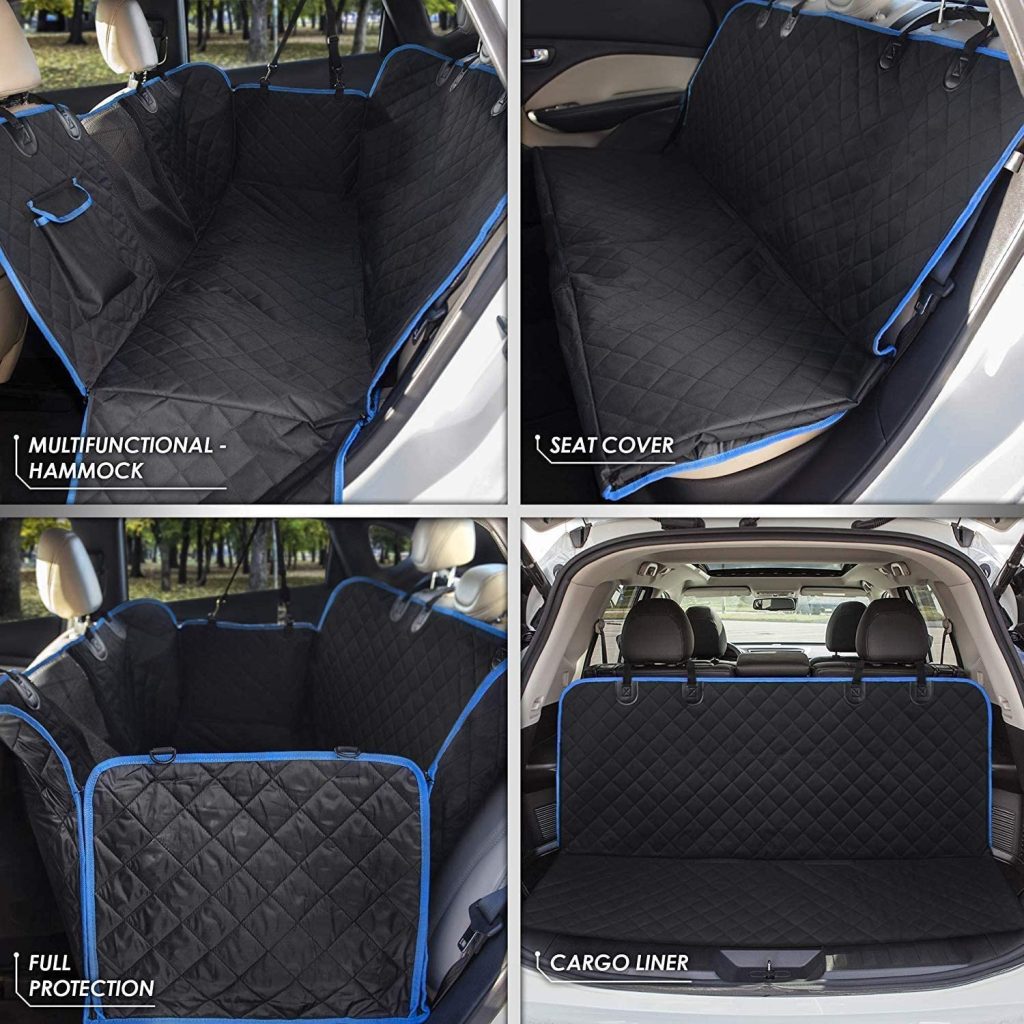
Customer ratings
Overall rating: 4.8/5 stars.
Many people have praised the car seat cover for its sturdy construction and durability, while others commented on how easy it is to install and wash.
Owners also like that it provides ultimate protection against dirt and liquid spills and keeps their car safe from scratches and hair.
Should you buy the Just Pet Zone car seat cover?
If you’re looking for an easy-to-install and durable car seat cover for your pet, the Just Pet Zone Dog Car Seat Cover is an excellent choice.
It offers superior protection against dirt, liquid spills, hair and debris while providing ultimate comfort to your dog on long car journeys.
The adjustable straps make it suitable for all vehicle types and the secure anchor system ensures that it won’t move or slide around. It’s also easily washable with just a wet cloth so you can keep it clean without any hassle. All in all, this is an ideal option if you want to protect your car interior while keeping your dog safe and comfortable when travelling in the car.
Customer Ratings
Easy to install: 4.8
Easy to remove: 5.0
Water resistance: 5.0
Quality of material: 4.8
Easy to clean: 4.7
Durability: 4.6
The ratings for the Just Pet Zone Dog Car Seat Cover are generally positive, with customers stating that it is easy to install, remove, and clean. Additionally, the car seat cover is durable and provides protection against dirt, liquid spills, and hair. All in all, this car seat cover is an excellent option for any dog owner who wants to keep their car looking immaculate.
Final Words
The Just Pet Zone Dog Car Seat Cover is a great choice for any dog owner who wants to keep their car clean and protected from dirt, hair, and liquid spills.
It’s easy to install, remove, and clean so you can always keep it looking its best.
Additionally, the adjustable straps make it suitable for all vehicle types while the secure anchor system ensures that it won’t move or slide around.
All in all, this car seat cover is an excellent option if you want to protect your car interior while keeping your pet comfortable when travelling in the car.
Overall rating: 4.8/5 stars. Highly recommended!

